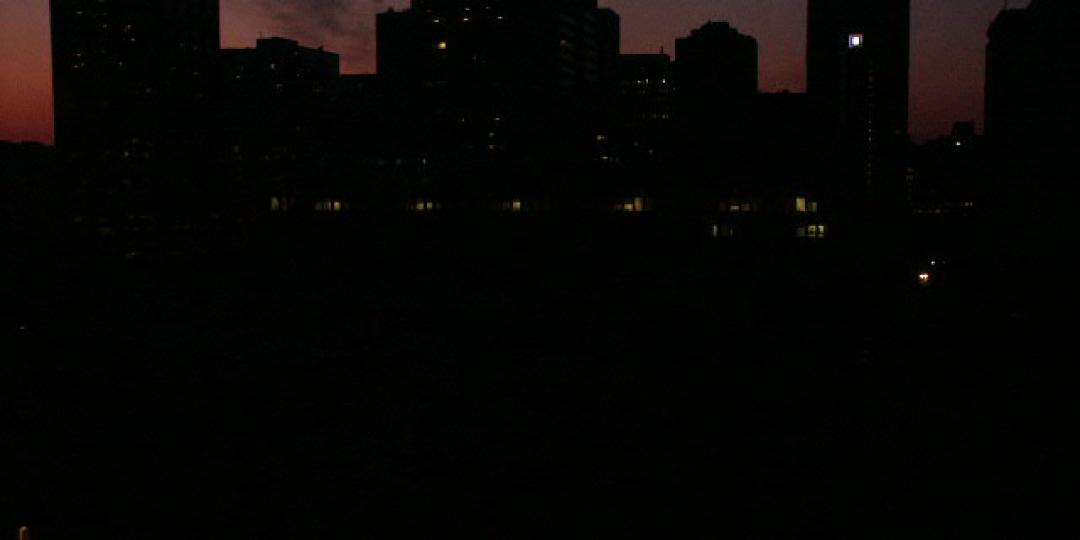Breakdowns at 12 of Eskom’s coal-fired power stations – both old and new – have resulted in the need for Stage 4 load shedding to be applied. This amounts to the removal of 4000 MW of load from the system. The utility says this will continue until Friday. That means factories, shops and other businesses will be deprived of power for a few hours every day this week. Ongoing load shedding hampers productivity, deters investment and causes economic stagnation which fuels unemployment.
Although Eskom called for an additional 4000 to 6000 MW to prevent which has still not yet been supplied. In response to these calls and to address the devastating effect load shedding has on the economy, Minister Gwede Mantashe called upon the energy sector to provide proposals for 2000 MW of emergency power in 2020 – see www.ipp-rm.co.za
First power from these was to be supplied by mid-2021. Although certain proposals were accepted and contracts signed, this additional power is still not available.
This is partly because of a flawed process which allocated a single foreign supplier, Karpowerships, with about two-thirds of the total requirement, in preference to a local competitor which offered the same for less (the local competitor claims). Naturally the matter went to court and the additional power provision has stalled.
It is incumbent upon the Minister to ensure that sufficient power can be supplied. Eskom’s old, unreliable, over-worked power stations will not solve the country’s power problems. He needs therefore to expedite and accelerate new generation by encouraging and appointing new independent power producers to build new plant and supply electricity to the country.
We have no time for rhetoric around new “clean” coal or new nuclear – we need lots of quick-to-build solar and wind power to support the economy and encourage new job creating industries. In the meantime, Eskom is burning 9 million litres of diesel a day – even while shedding 4000 MW of load – just to keep the network stable.
Eskom says Stage 4 loadshedding is being implemented to give the power the power utility the space required to replenish the emergency reserves and continue to manage the system safely. But burning 9 million litres of diesels a day is unsustainable – especially for an organisation like Eskom which is struggling to service its enormous debt, is faced with a growing debtor’s book and is limited to the amount of revenue it can generate from the sale of electricity.
Although about 5500 MW of generating plant is offline for so-called “reliability maintenance”, these 12 trips removed a further 15 400 MW, necessitating emergency repairs and the almost continuous use of its diesel-fired open cycle gas turbines.
Some of these units will be back online by the weekend, Eskom says, but will be they remain operational, or will they trip again next week?
Earlier, Eskom announced that steam generator replacement (SGR) work at Koeberg power station’s Unit 2 is likely to take longer than anticipated, with a likelihood that the unit would be returned to service later than originally planned.
Due to the potential severe impact of returning this unit later than June 2022 as initially planned, the decision has been made to defer the SGR to the next outage on this unit, planned for August 2023. This is to avoid the risk of impacting electricity supply during the high demand winter period as the earlier return of Koeberg Unit 2 to service will assist in mitigating the risk of loadshedding.
Load shedding is not only Eskom’s problem. The Minister of Mineral Resources and Energy needs to take urgent, decisive and successful action to assit in the provision of additional electricity. And he needs to start today.
















